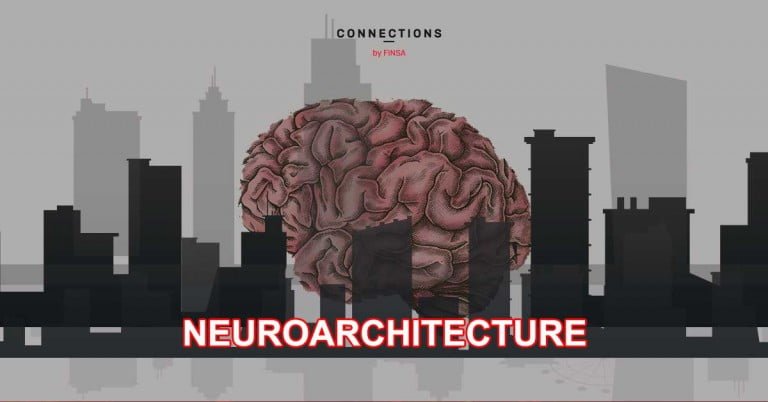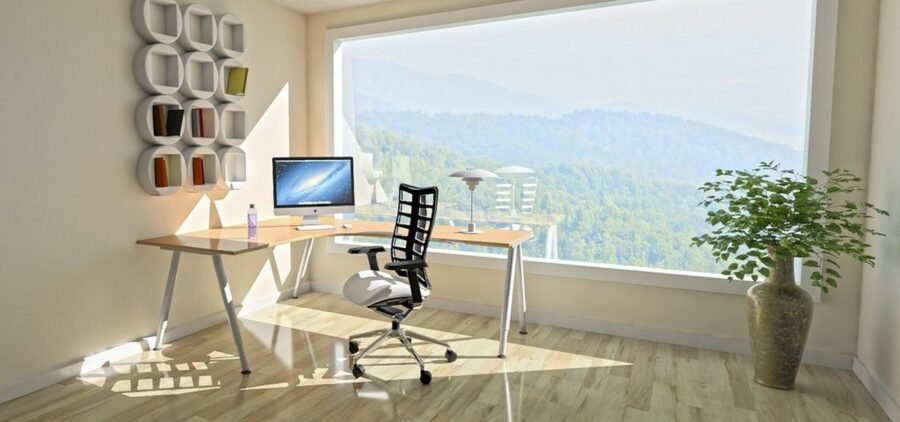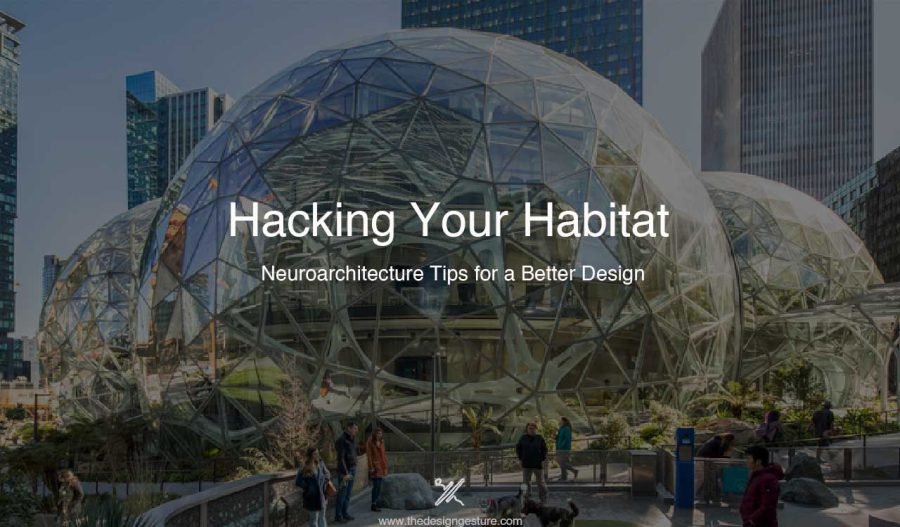These days, humans spend most of their time indoors rather than working or relaxing exposure to the outdoors is becoming quite less popular, so the architecture has a big influence on people’s bodies and minds. Every year, more and more new research on neuroarchitecture is published, which suggests that people are becoming more interested in learning how the environment impacts people’s quality of life. Furthermore, to investigate and maximize these effects, architecture firms are progressively utilizing the knowledge of researchers and human experience design consultants.

These innovations and breakthroughs are platforms for people to dwell in and study the relationship between humans and the built environment. However, neuroarchitecture can be defined as any built environment that has been designed whilst following principles derived from neurosciences, thus helping to create spaces that benefit memory, improved cognitive capacity, and mental stimulation, while simultaneously avoiding stress.
Table of Contents
Origin of Neuroscience
Researcher Jonas Salk was experiencing a mental block, so he went on a holiday to Assisi, where he found the key to the discovery of the polio vaccine. Convinced that the design of the Italian city had provided the right surroundings to allow his ideas to flow, he contacted the architect Louis Khan to create a research center that would reproduce these conditions and which would encourage creativity among the researchers. The Salk Institute was inaugurated in 1965, setting a benchmark for spaces in neuroarchitecture.
However, the seminal finding for architecture came from neuroscientist Fred Gage, who became interested in how our environment affects the structure and function of the brain after learning in 1998 that the brain continues to produce neurons into adulthood. To “investigate what the design of a space in the 21st century needs to be like to improve our wellbeing, increase performance, and reduce stress and fatigue in the cities,” the next step was to cofound The Academy of Neuroscience for Architecture with John Eberhard.
Guide to Neuroarchitecture
Chronobiology
Sunlight affects how well circadian rhythms (physical, mental, and behavioral changes that follow 24-hour cycles) work throughout the day and the seasons, and the immune and endocrine systems need to be regulated. Lack of light can lead to a variety of problems, including changes in the sleep-wake cycle, exhaustion, difficulty concentrating, depression, stress, and more.
People’s moods and activities are also influenced by variations in the amount and color temperature of natural light: warm light promotes relaxation, while cold light stimulates. Simultaneously, intense lighting stimulates excitement, which leads to an increase in activity and a lift in mood. Low intensity encourages rest.
Ceiling Height
Research revealed that ceiling height influences behaviour and problem-solving skills by evoking various mental processes.
Low ceilings increase concentration and activate a more concrete, focused, and detail-oriented type of thinking, while high ceilings encourage conceptual thinking and activate a sense of freedom and imagination that stimulates creative thinking.
Connection to Outer Spaces
The possibility of having a view of the outside enhances individuals’ well-being and mental state, particularly if that outside area is a natural one. Greenery appears to have the greatest impact, and urban vistas don’t seem to compare well to bodies of water. The more access to green spaces positively influences individuals’ productivity.
Proxemics
Proxemics is the study of people keeping physical distance from one another to stay in a comfort zone that is determined by their mutual relationship and the type of interaction they have. Intimate, personal, social, and public are the four fundamental categories of spatial distance. Distinct levels of discomfort arise from any infringement upon these boundaries of personal space. It appears that people’s social environments, where private spaces have significantly decreased in recent years and replaced with public areas, align with the workplace.
Eye Contact
The foundation of human connections, both biologically and culturally, is eye contact. “Mirror neurons,” are an essential part of socialization, light up when they see other people and respond more strongly when they come into direct contact with each other. By looking at one another, we can get feedback from those we are speaking with, as well as communicate synchronicity and gauge each other’s moods.
The likelihood of making eye contact can be affected by various factors, like the arrangement of equipment spatially, which can either maximize or minimize the opportunities for socialization and interaction.
Noise
Office noise is a big source of stress, distraction, decreased productivity, and unhappiness among coworkers. Noise-induced stress can cause the body to release cortisol, a hormone that aids in the body’s return to balance after an unpleasant event. Overconsumption of cortisol alters our ability to think clearly and remember information by interfering with emotional processing, learning, reasoning, and impulse control.
Morphology
A workplace’s materialization in various forms can produce tactile cues. According to a Harvard Medical School study, people prefer curves and soft outlines over sharp ones because they are naturally afraid of sharp objects. The study also found that when people looked at sharp objects, their amygdala became more active. It follows that while soft and rounded shapes may satiate our emotional need for safety and security, angular shapes are beneficial for alertness and concentration.
Principles of Neuroarchitecture
When talking about neuroarchitecture, light, and smell are inseparable aspects to consider. Both light and smell are connected to the human mind and body which reflects on the actions and responses of human beings. Some various studies and research give an overview of how humans and light are connected reflecting human behavior and mood.

The other principle of neuroarchitecture is learning focusing on the physicality of the environment and surroundings. The third principle of neuroarchitecture is decision-making. It’s important to decide what items make us happy and what should be thrown away. The next action is to provide those unsightly goods that are piled on the counter with some covert storage.

The fourth principle of neuroarchitecture is about new experiences in neuro-architecture. These days, research on neuro-architecture and the advancement of technology can reveal how human bodies and minds respond to the built environment.




